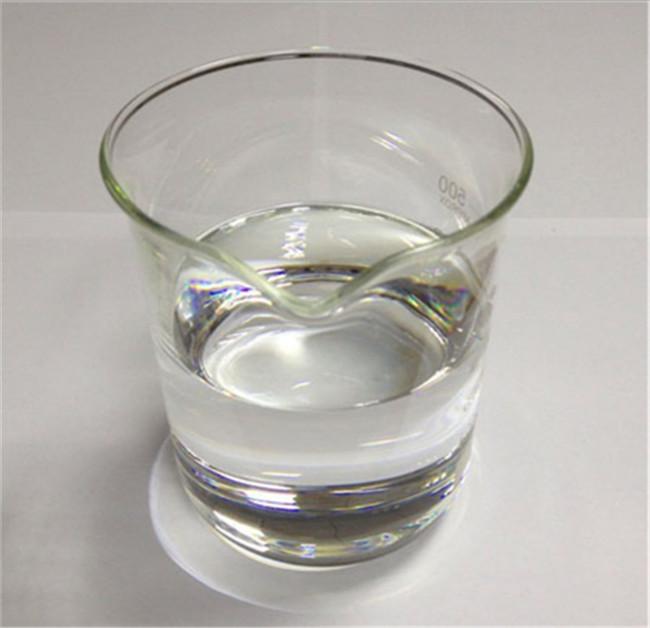Silicone oil Usually refers to linear polysiloxane products that remain liquid at room temperature. They are generally colorless (or light yellow), odorless, non-toxic, and non-volatile liquids. Their molecular weight is not high and they are in a fluid state at room temperature, so they are usually called silicone oil. It is generally not used simply, but is made through special formulas and is often used as an auxiliary material to produce a certain effect. Generally speaking, there are three basic forms of silicone oil on the market: pure silicone oil, solution, and emulsion.
First,Pure silicone oil has very strong stability It is heat-resistant, anti-freeze, has good storage properties, has high flash point and high ignition point, and has few storage and transportation problems;

Second, In fact It is often necessary to dilute silicone oil solution, and sometimes it is desired to add active auxiliaries (catalysts, cross-linking agents, etc.) to the solution for easier storage and use. Aliphatic, aromatic or chlorinated hydrocarbons can be used as needed. As a solvent, other types of solvents are used only under special circumstances. Generally, the concentration of polymer polysiloxane solution can only reach 35%, otherwise the viscosity will be too high;
Third, A large part of silicone oil or products containing silicone oil are made into emulsion form, which is similar to Compared with solvent silicone oil, it has the advantages of being cheap, not easy to burn, and harmless to health.
Different from solvent-based ones, all organic silicone emulsions are “oil-in-water” heterogeneous systems. Its external closed phase is the water phase, and the silicone oil is dispersed in extremely fine droplets. In the aqueous phase, it is easy to dilute with water to the required concentration for application. The stability of this emulsion can be achieved by making the droplets as fine as possible and the stabilizing effect of the emulsifier. Silicone oil can be used as fabric softener, lubricant, waterproofing agent, finishing agent, etc. in the textile and clothing industry.
In order to adapt to the high-end demand for textiles, chemical product manufacturers are also constantly Develop silicone oil that can be used in the same bath as various functional additives such as waterproofing agents, flame retardants, antistatic agents, and color-fixing agents, and has good hand feel. In addition, in order to improve the performance of fabrics, there are also silicone products that can be used in the same bath as dyeing, silicone oil for cotton that has a cooling feel, silicone products that can improve the feel of fabrics, and can give fabrics excellent deepening effects and storage stability. It is good, does not affect color fastness, and has good hand feel. Silicone deepening agent, etc.
In addition to being used as an additive in textiles In addition to functionalizing textiles, silicone products will also be applied to other areas of textiles, such as the combination of silicone and polyurethane to form fabric coatings; the polymerization of silicone and acrylic to form fabric printing; the combination of silicone and organic fluorine to form fabrics. Waterproof coating on fabric surface, etc. Silicone oil can be divided into primary products and secondary products according to its processing status. The former refers to silicone oil products before processing, including 4 categories: hydroxyl silicone oil, silicone functional silicone oil, carbon functional silicone oil and inactive modified silicone oil. Among these four categories, it is customary to call the first two categories linear silicone oil and the last two categories modified silicone oil.



 微信扫一扫打赏
微信扫一扫打赏
